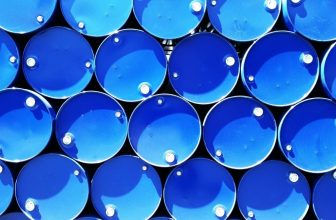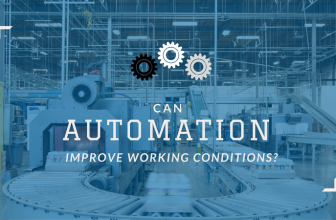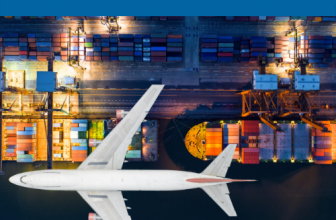
Wooden barrels have been used for as long as we can remember because they are easy to move. If they are too heavy to lift, they can be rolled. Machinery today has made wooden barrels obsolete except for storing and fermenting wine and spirits. Wooden barrels are the best way to store whiskey! They are also used to store sake, cognac, sherry, balsamic vinegar, Tabasco sauce, and beer!
How to Make a Wooden Barrel Lid
Every barrel uses a certain type of wood. For example, whiskey barrels tend to use White Oak, or something similar. The wood is cut into pieces that are about 1 inch thick called “staves”. A machine punches two holes on one side of the stave, and a stronger piece of wood is inserted into the holes to hold the staves together.
A worker, or “cooper” as barrel makers are called, then places the staves together with a smaller piece on top to keep the shape, and are pressed together. The cooper then puts the piece of wood on a rounder and cuts the wood into a circular shape. Of course, each barrel requires two- one for the top, and one for the bottom.
The lids go into a char tunnel where a gas burner scorches the wood. This helps sanitize the wood but also gives it the color, and flavor to whatever will go inside.
Finally, the lids are coated with liquid beeswax and put on a machine that narrows the ends.

How to Make a Wooden Barrel Body
A cooper takes an iron hoop and places staves around the inside of it. He will then lasso the barrel together gently so that the wood does not break. A loose loop gives the barrel the opportunity to expand later on.
The barrel goes through a steam tunnel for about 15 minutes, adding moisture to the wood so it does not snap.
The top and bottom iron hoops are removed by a cooper and are replaced with sturdier hoops and hammered into place. The barrel would actually spring apart without these hoops. Two more hoops are placed around the body pressing the staves more together. By this point, there should be no gaps between staves. If there are gaps, the barrel will leak.
The barrel passes through a gas chamber that chars the inside of the barrel then is cooled off with water immediately afterward.
An automated saw cuts a V-shape into the top and bottom of each barrel and the barrel head slides in. Then a fan blows out all excess sawdust.
A machine removes the iron hoops on each end. The barrel is filled with water to cool it off for a while. Permanent iron hoops are then placed on the top and bottom of the barrel. A machine also removes the two body iron hoops and replaces them with stronger permanent ones as well. The barrels hold their shape by pure pressure now without any glue or chemicals.
The Finishing Wooden Barrel Touches
A hole is drilled into the side of the barrel to empty out the water, and the hole is plugged up with a rubber stopper with a spout.
The cooper looks over the barrel to make sure there are no imperfections or leaks and stamps it for inventory.
The rubber stopper is removed and the remaining water has turned into steam.













